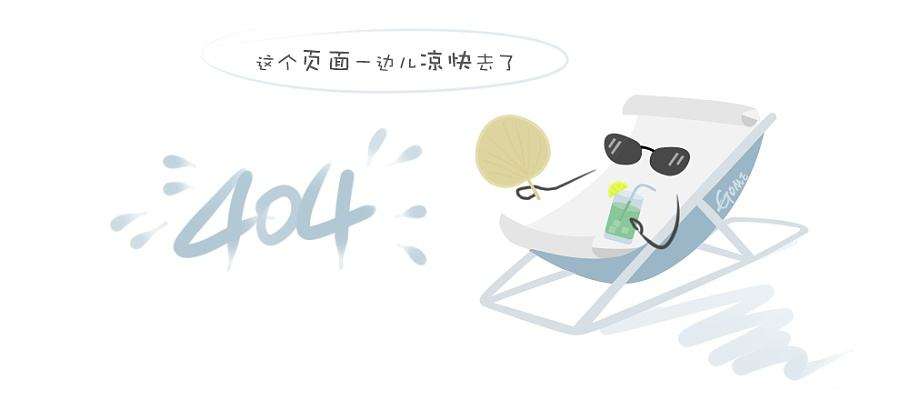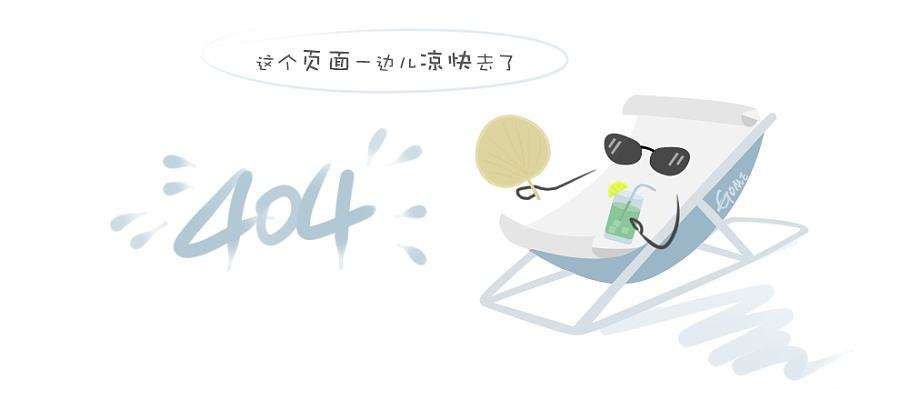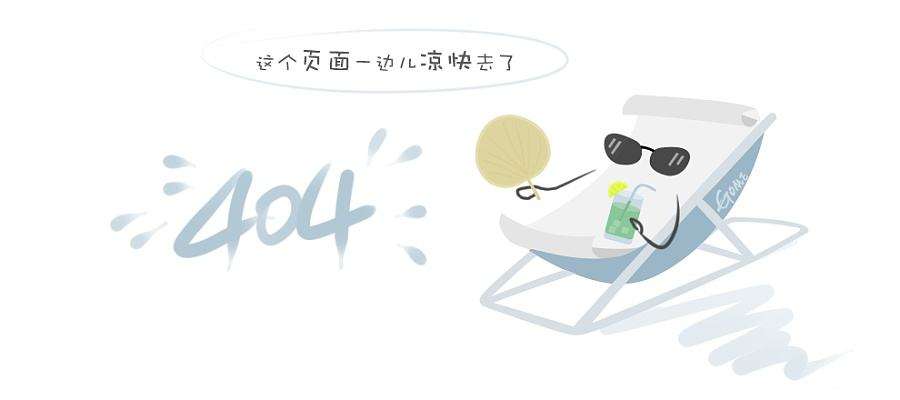load predefined simulink environments
reinforcement learning toolbox™ software provides predefined simulink® environments for which the actions, observations, rewards, and dynamics are already defined. you can use these environments to:
learn reinforcement learning concepts.
gain familiarity with reinforcement learning toolbox software features.
test your own reinforcement learning agents.
you can load the following predefined simulink environments using the rlpredefinedenv
function.
| environment | agent task |
|---|---|
| simple pendulum simulink model | swing up and balance a simple pendulum using either a discrete or continuous action space. |
| cart-pole simscape™ model | balance a pole on a moving cart by applying forces to the cart using either a discrete or continuous action space. |
for predefined simulink environments, the environment dynamics, observations, and reward signal are
defined in a corresponding simulink model. the rlpredefinedenv function creates a
simulinkenvwithagent object that the train function
uses to interact with the simulink model.
simple pendulum simulink model
this environment is a simple frictionless pendulum that initially hangs in a downward
position. the training goal is to make the pendulum stand upright without falling over using
minimal control effort. the model for this environment is defined in the
rlsimplependulummodel
simulink model.
open_system('rlsimplependulummodel')
there are two simple pendulum environment variants, which differ by the agent action space.
discrete — agent can apply a torque of either tmax,
0, or -tmax to the pendulum, where tmax is themax_tauvariable in the model workspace.continuous — agent can apply any torque within the range [-tmax,tmax].
to create a simple pendulum environment, use the rlpredefinedenv
function.
discrete action space
env = rlpredefinedenv('simplependulummodel-discrete');continuous action space
env = rlpredefinedenv('simplependulummodel-continuous');
for examples that train agents in the simple pendulum environment, see:
actions
in the simple pendulum environments, the agent interacts with the environment using a single action signal, the torque applied at the base of the pendulum. the environment contains a specification object for this action signal. for the environment with a:
discrete action space, the specification is an
rlfinitesetspecobject.continuous action space, the specification is an
rlnumericspecobject.
for more information on obtaining action specifications from an environment, see
getactioninfo.
observations
in the simple pendulum environment, the agent receives the following three observation signals, which are constructed within the create observations subsystem.
sine of the pendulum angle
cosine of the pendulum angle
derivative of the pendulum angle
for each observation signal, the environment contains an rlnumericspec
observation specification. all the observations are continuous and unbounded.
for more information on obtaining observation specifications from an environment, see
getobservationinfo.
reward
the reward signal for this environment, which is constructed in the calculate reward subsystem, is
here:
θt is the pendulum angle of displacement from the upright position.
is the derivative of the pendulum angle.
ut-1 is the control effort from the previous time step.
cart-pole simscape model
the goal of the agent in the predefined cart-pole environments is to balance a pole on a moving cart by applying horizontal forces to the cart. the pole is considered successfully balanced if both of the following conditions are satisfied:
the pole angle remains within a given threshold of the vertical position, where the vertical position is zero radians.
the magnitude of the cart position remains below a given threshold.
the model for this environment is defined in the
rlcartpolesimscapemodel
simulink model. the dynamics of this model are defined using simscape
multibody™.
open_system('rlcartpolesimscapemodel')
in the environment subsystem, the model dynamics are defined using simscape components and the reward and observation are constructed using simulink blocks.
open_system('rlcartpolesimscapemodel/environment')
there are two cart-pole environment variants, which differ by the agent action space.
discrete — agent can apply a force of
15,0, or-15to the cart.continuous — agent can apply any force within the range [
-15,15].
to create a cart-pole environment, use the rlpredefinedenv
function.
discrete action space
env = rlpredefinedenv('cartpolesimscapemodel-discrete');continuous action space
env = rlpredefinedenv('cartpolesimscapemodel-continuous');
for an example that trains an agent in this cart-pole environment, see .
actions
in the cart-pole environments, the agent interacts with the environment using a single action signal, the force applied to the cart. the environment contains a specification object for this action signal. for the environment with a:
discrete action space, the specification is an
rlfinitesetspecobject.continuous action space, the specification is an
rlnumericspecobject.
for more information on obtaining action specifications from an environment, see
getactioninfo.
observations
in the cart-pole environment, the agent receives the following five observation signals.
sine of the pole angle
cosine of the pole angle
derivative of the pendulum angle
cart position
derivative of cart position
for each observation signal, the environment contains an rlnumericspec
observation specification. all the observations are continuous and unbounded.
for more information on obtaining observation specifications from an environment, see
getobservationinfo.
reward
the reward signal for this environment is the sum of two components (r = rqr rn rp):
a quadratic regulator control reward, constructed in the
environment/qr rewardsubsystem.a cart limit penalty, constructed in the
environment/x limit penaltysubsystem. this subsystem generates a negative reward when the magnitude of the cart position exceeds a given threshold.
here:
x is the cart position.
θ is the pole angle of displacement from the upright position.
ut-1 is the control effort from the previous time step.
